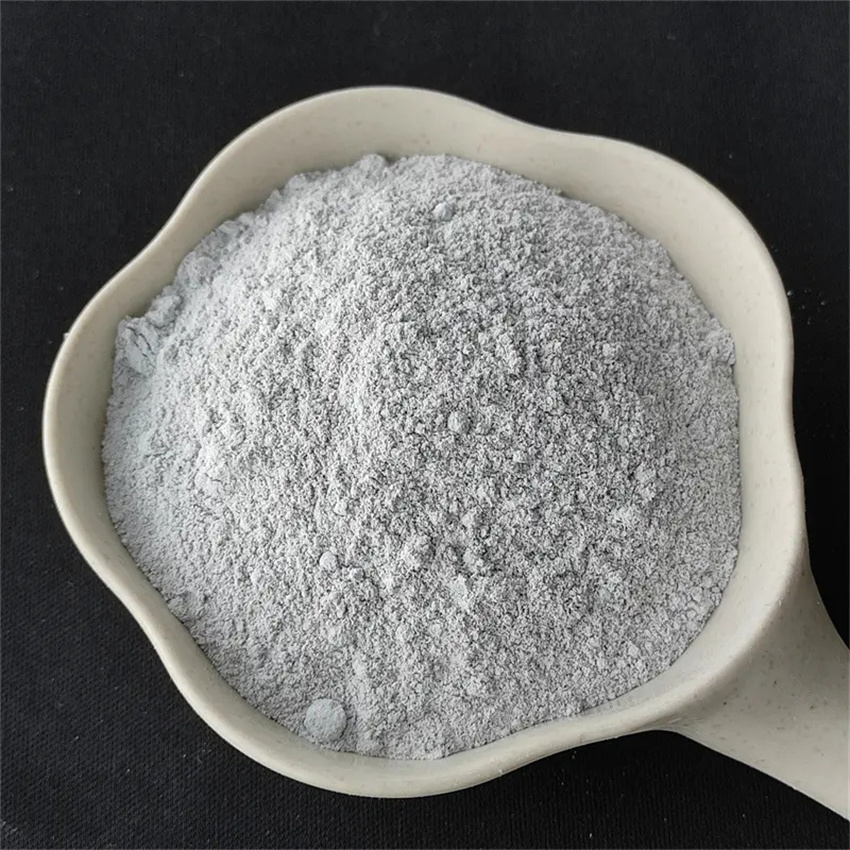
Privacy statement: Your privacy is very important to Us. Our company promises not to disclose your personal information to any external company with out your explicit permission.
Laser transmission generally consists of two terminal stations and a relay station, which are made up of optical fibers. Each terminal station has an optical transceiver, wherein the function of the transmitting device is mainly to generate a laser, and convert the electrical signal into an optical signal, that is, electrical/optical conversion. The receiving device mainly performs light detection and amplification, and converts the optical signal into an electrical signal, that is, optical/electrical conversion. The relay station converts the received optical signal into an electrical signal, and after the decision regeneration process, converts the electrical signal into an optical signal for transmission.

Anticorrosion Pigments, Inkjet Receptive Coating, Matting Agent
November 05, 2024
February 02, 2024
February 02, 2024
Mail an Lieferanten
November 05, 2024
February 02, 2024
February 02, 2024

Privacy statement: Your privacy is very important to Us. Our company promises not to disclose your personal information to any external company with out your explicit permission.

Fill in more information so that we can get in touch with you faster
Privacy statement: Your privacy is very important to Us. Our company promises not to disclose your personal information to any external company with out your explicit permission.